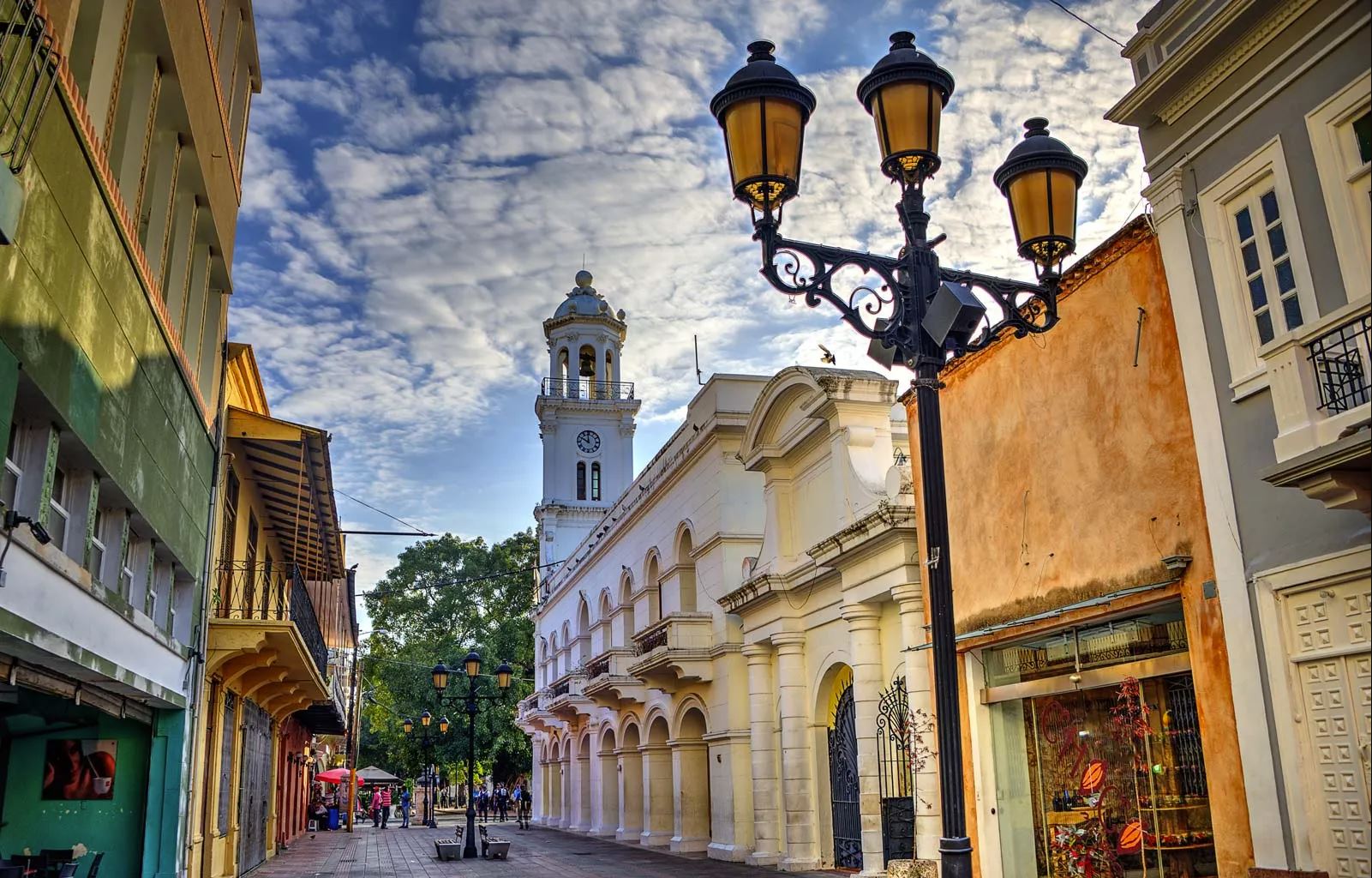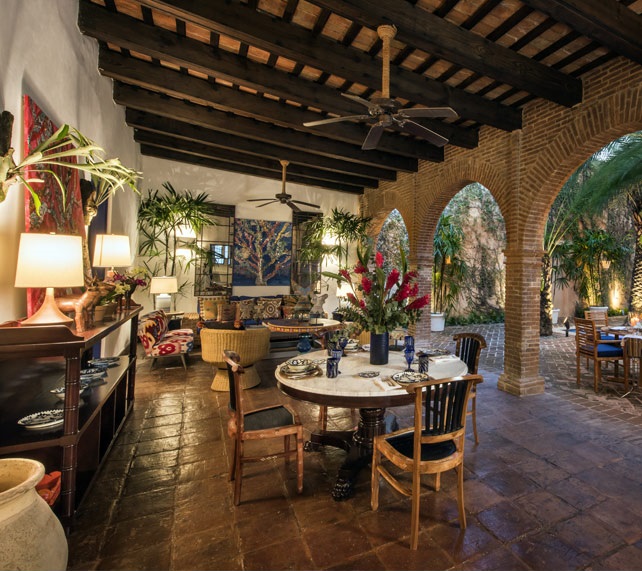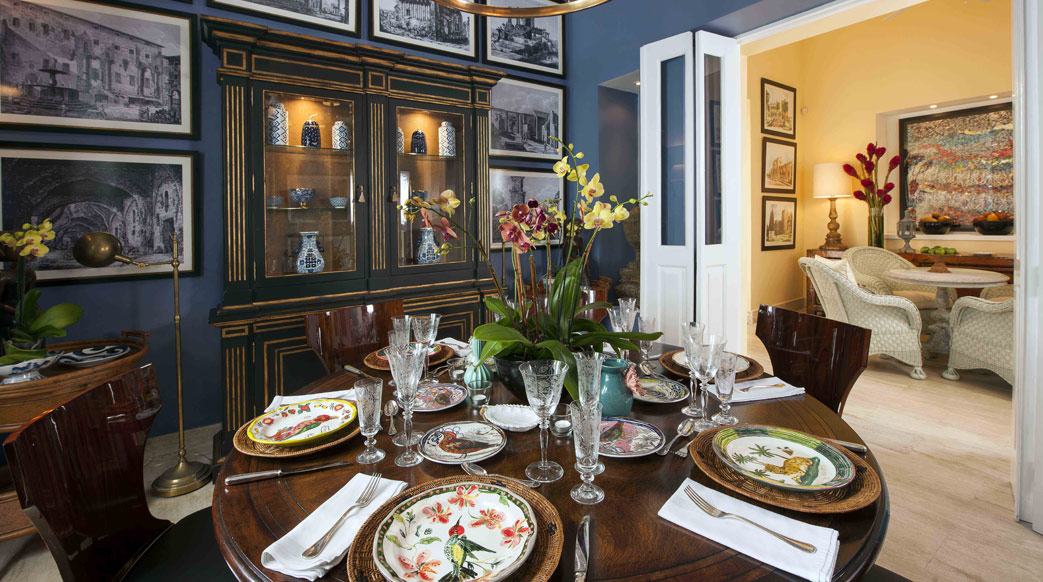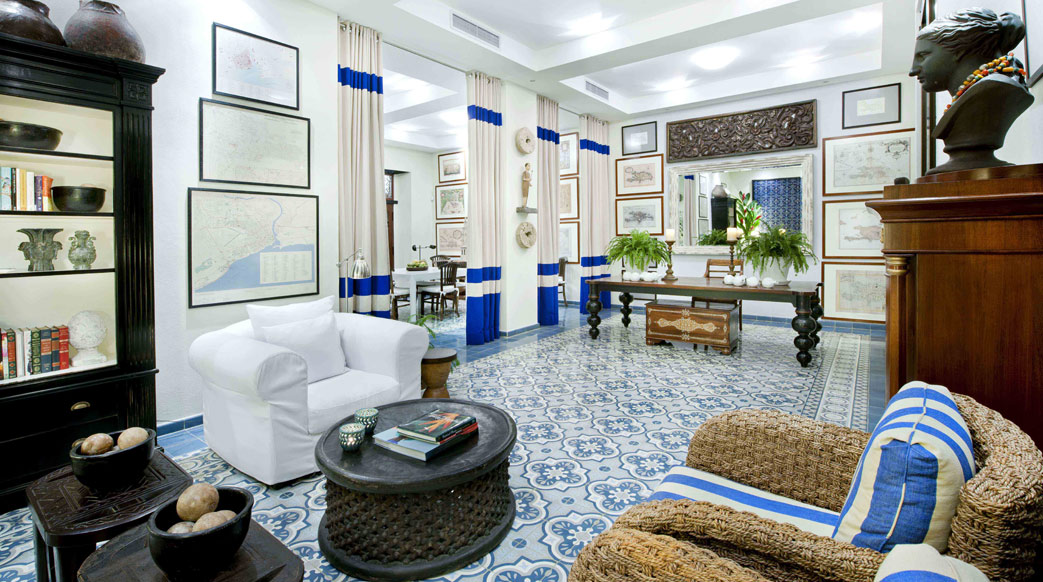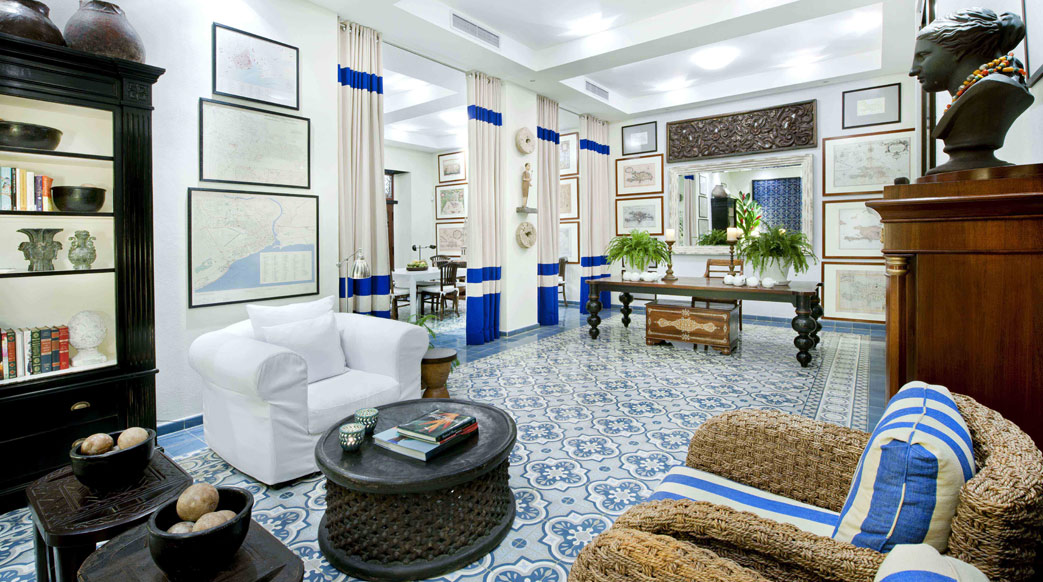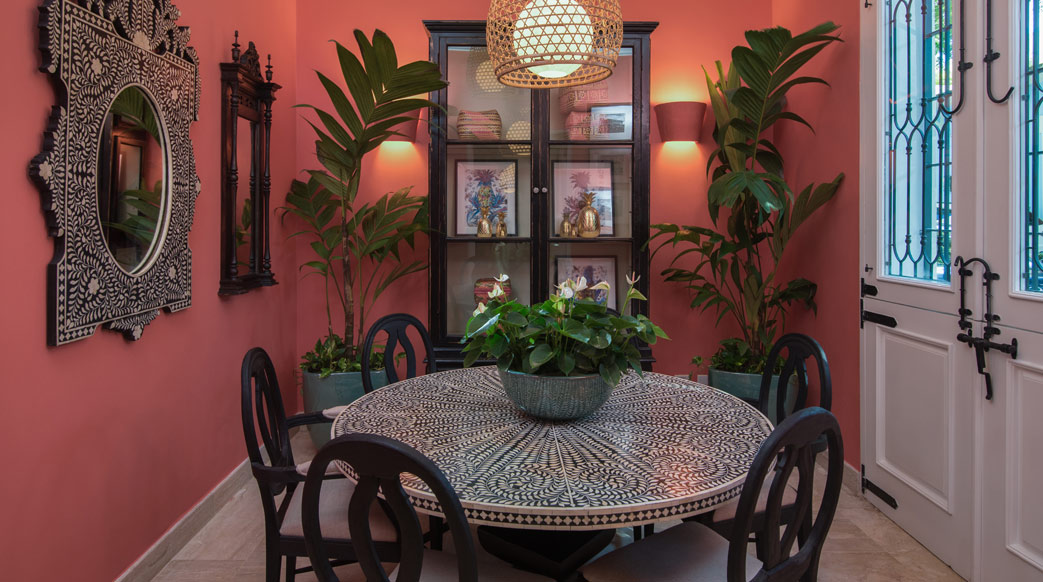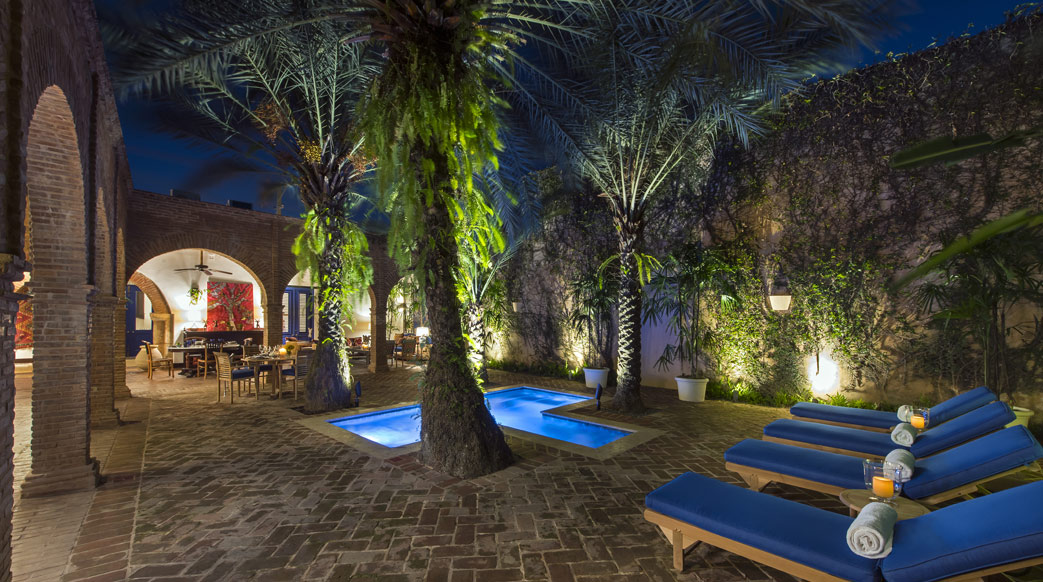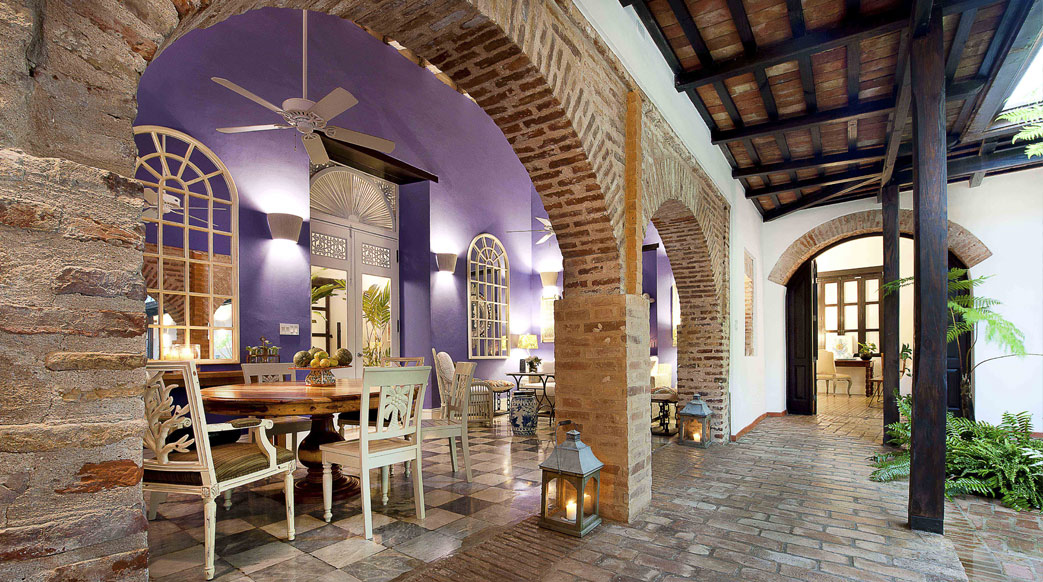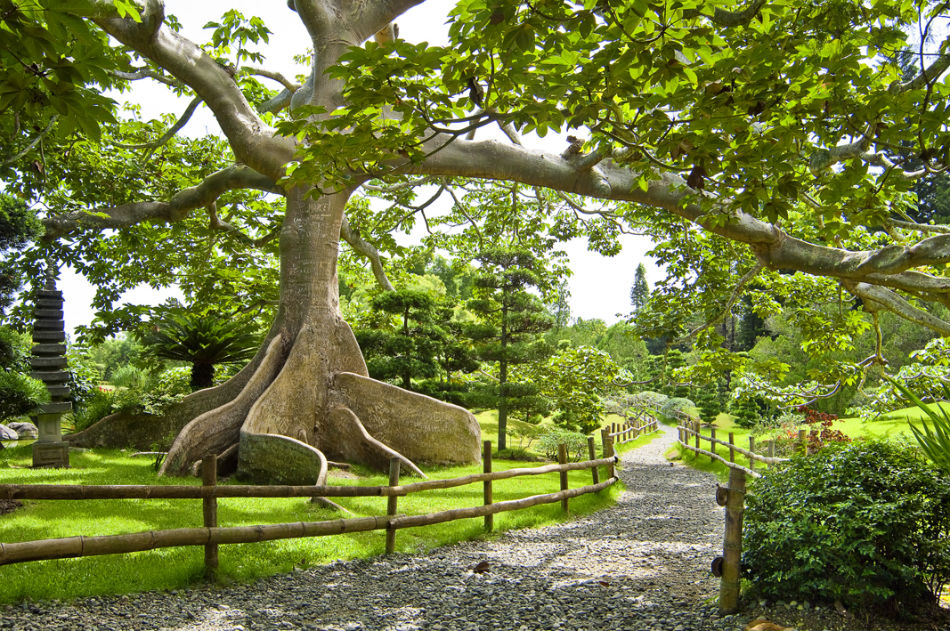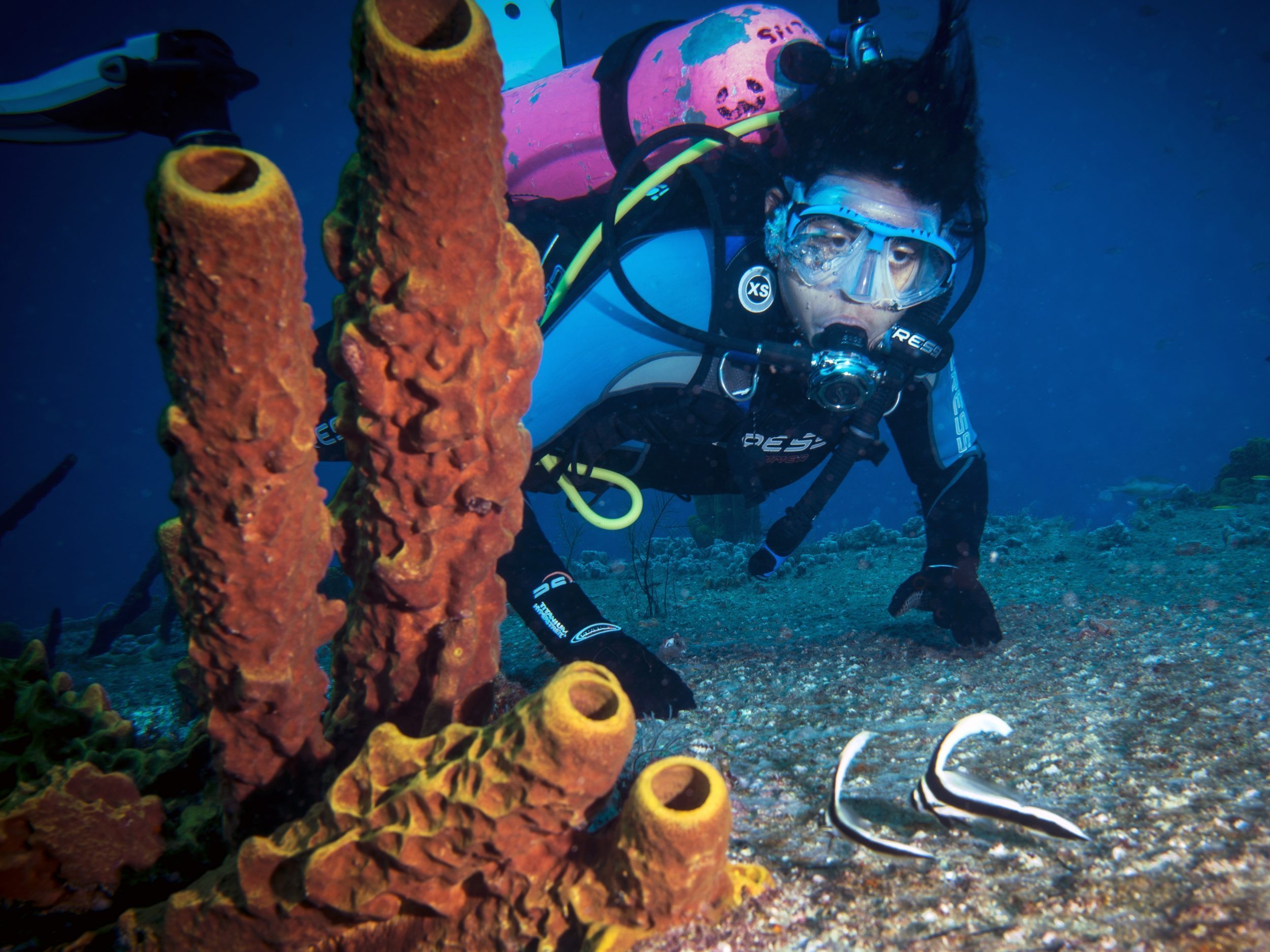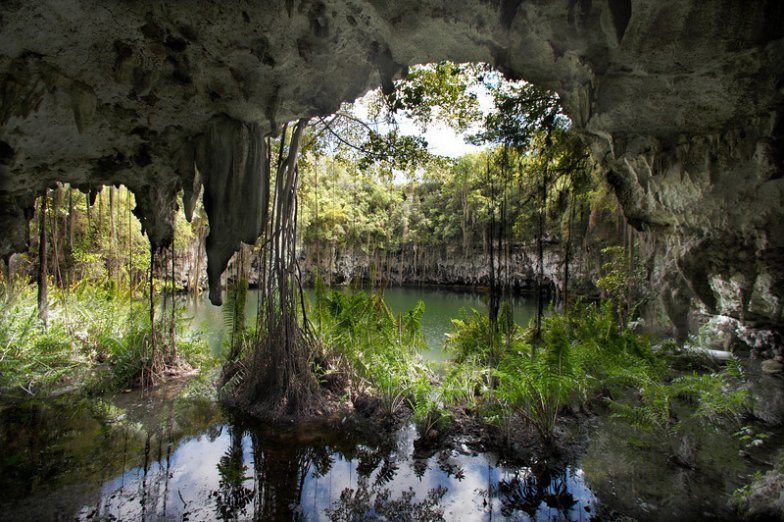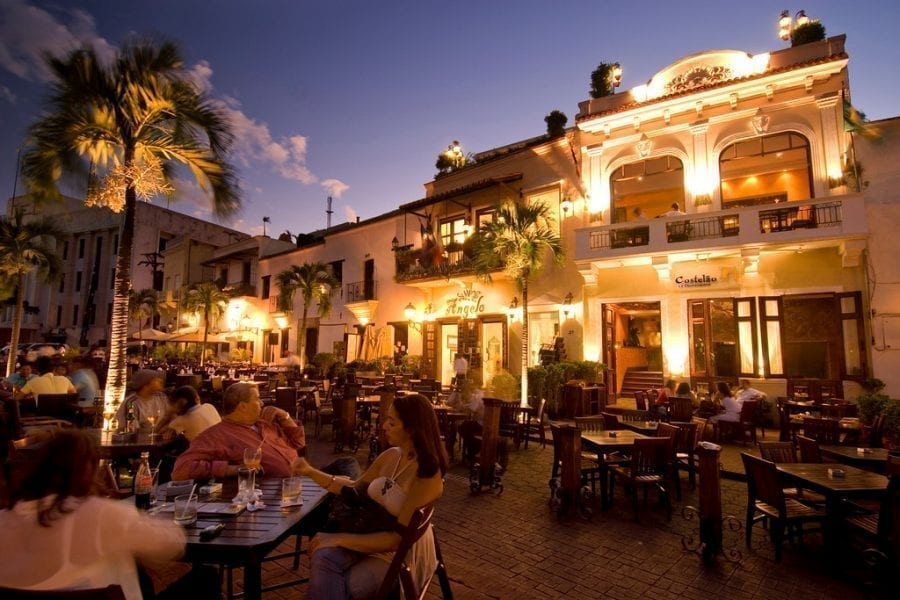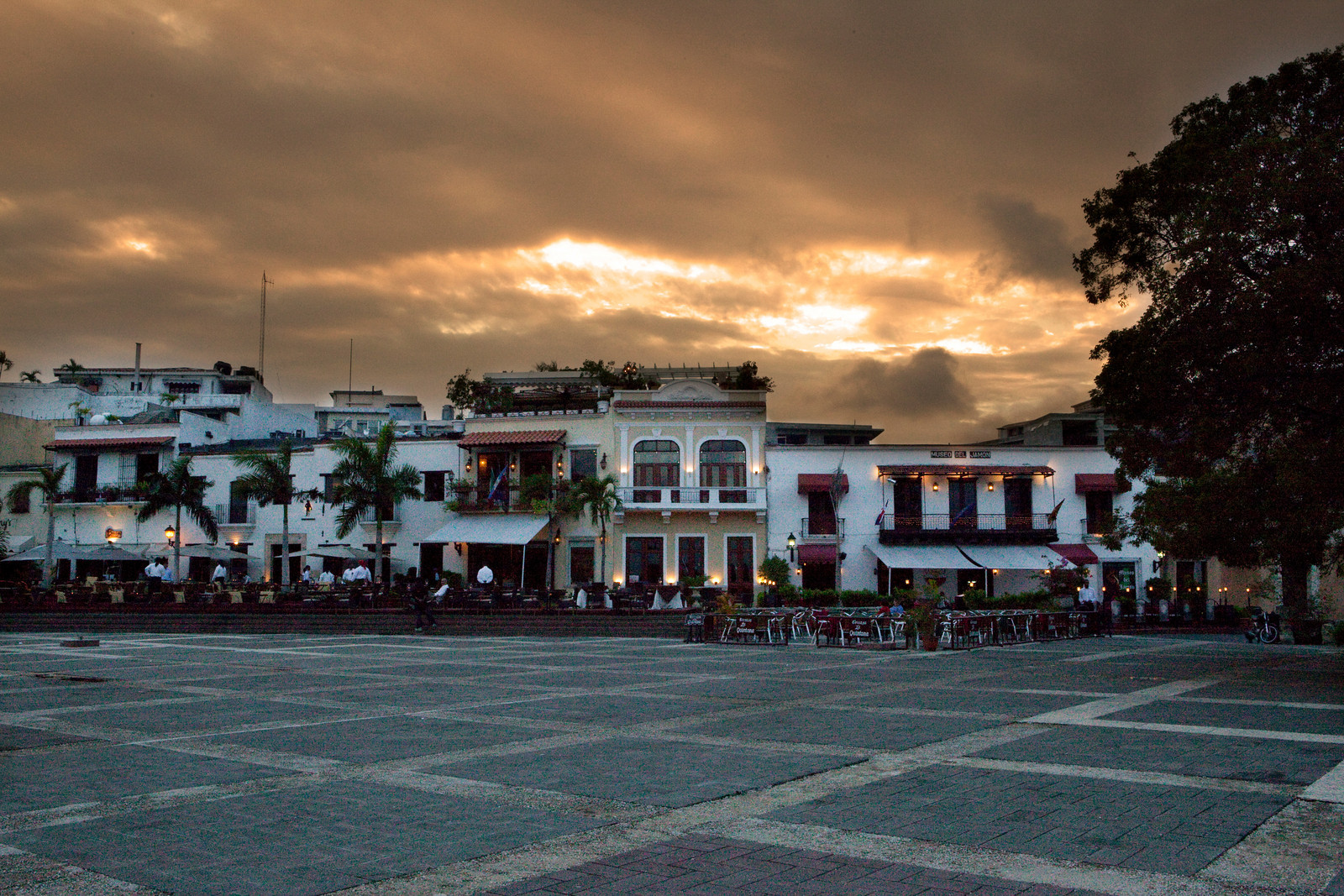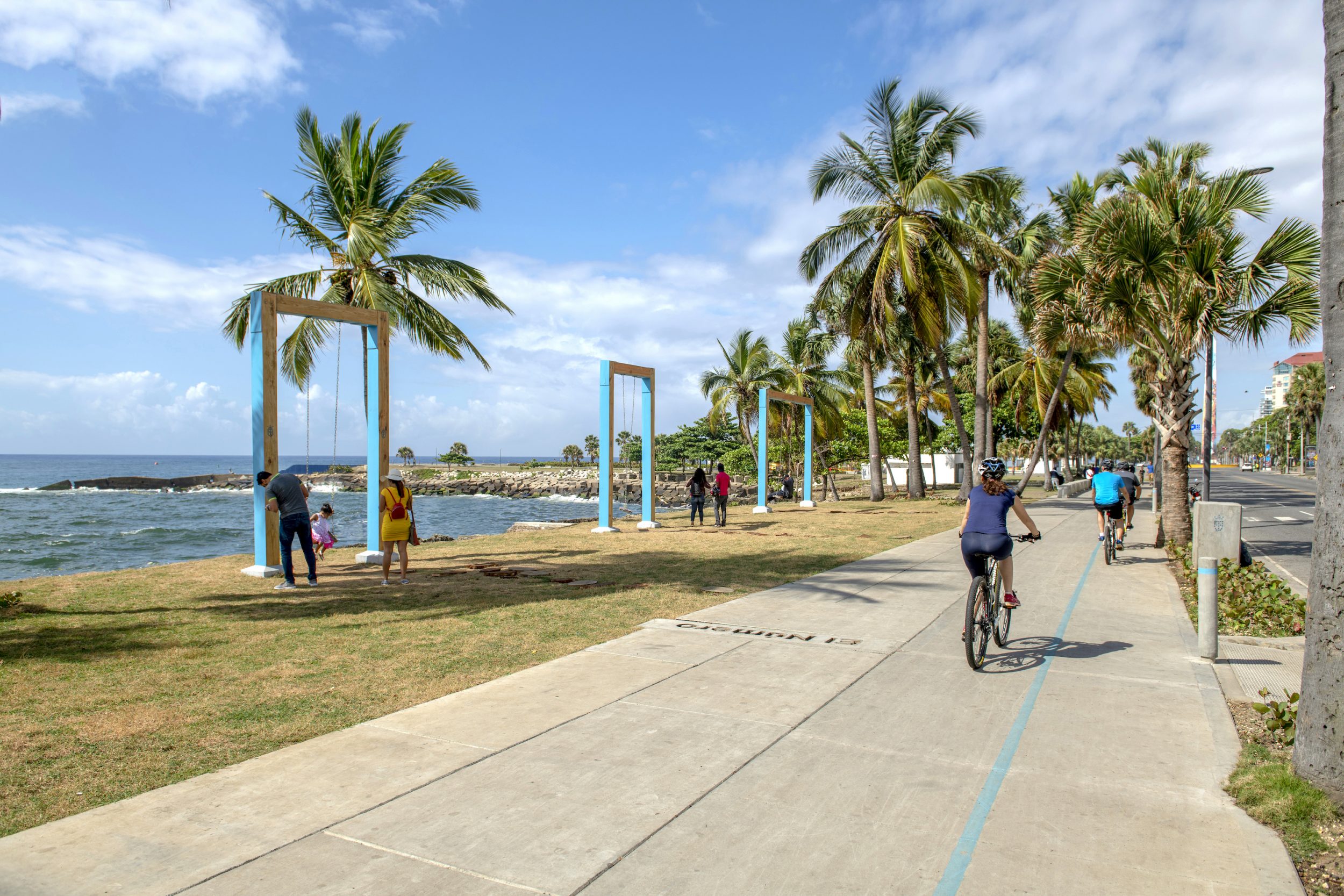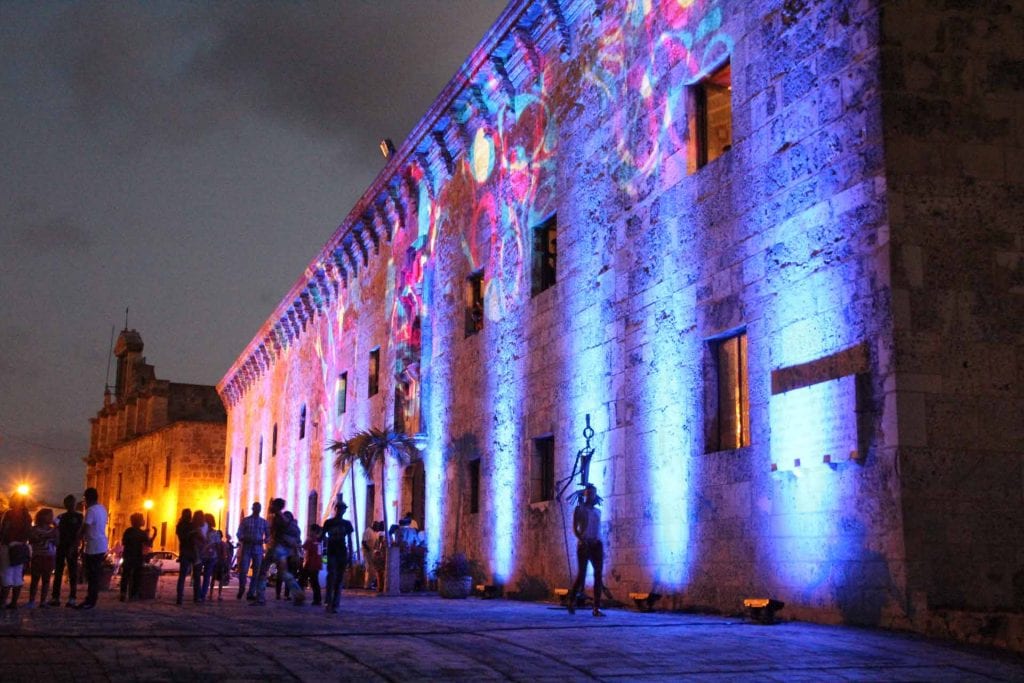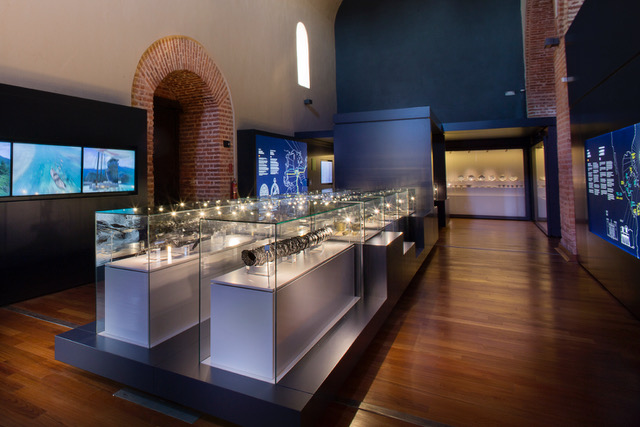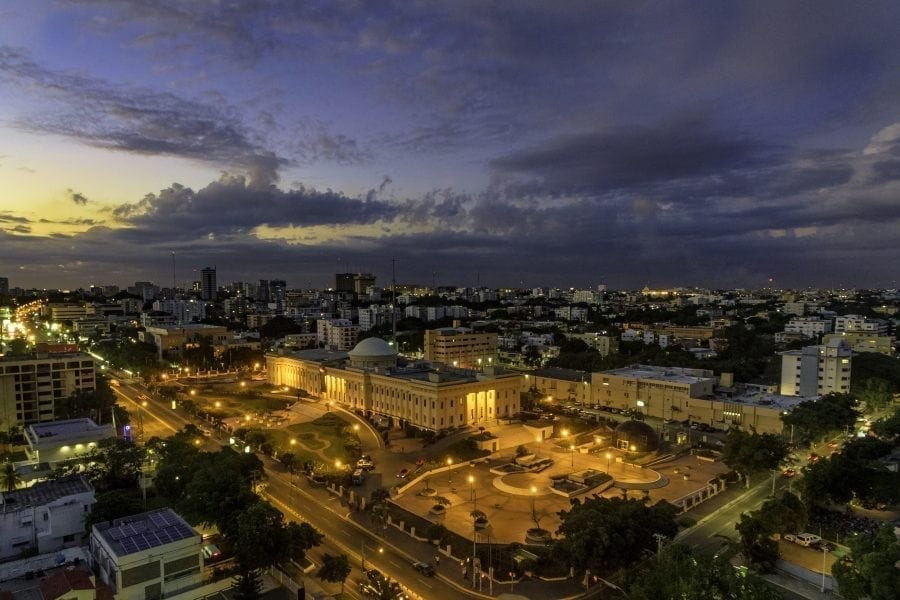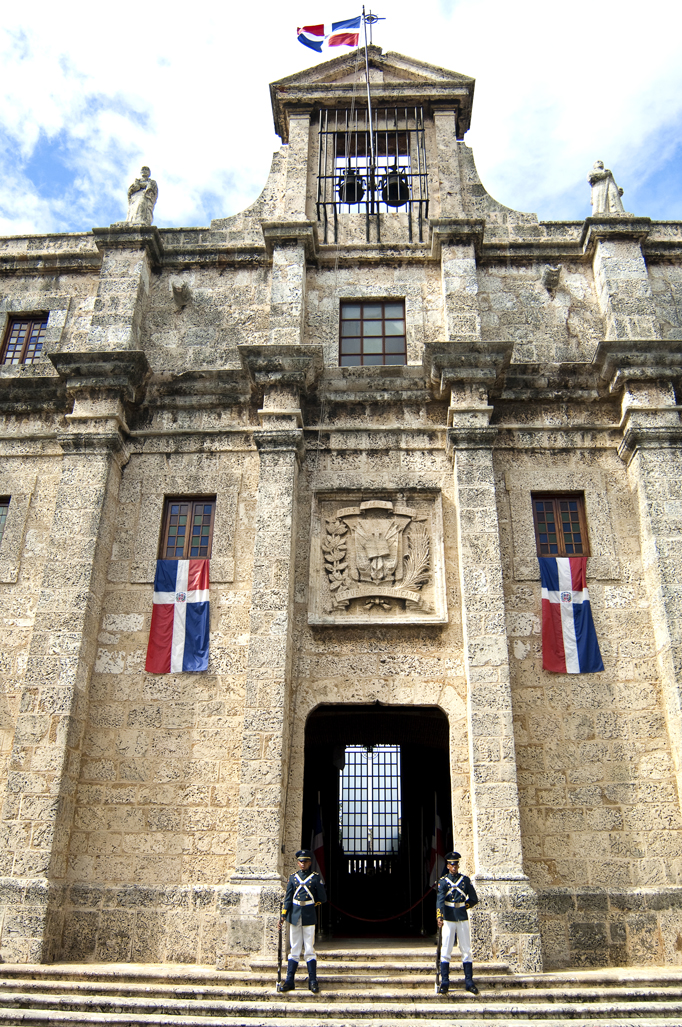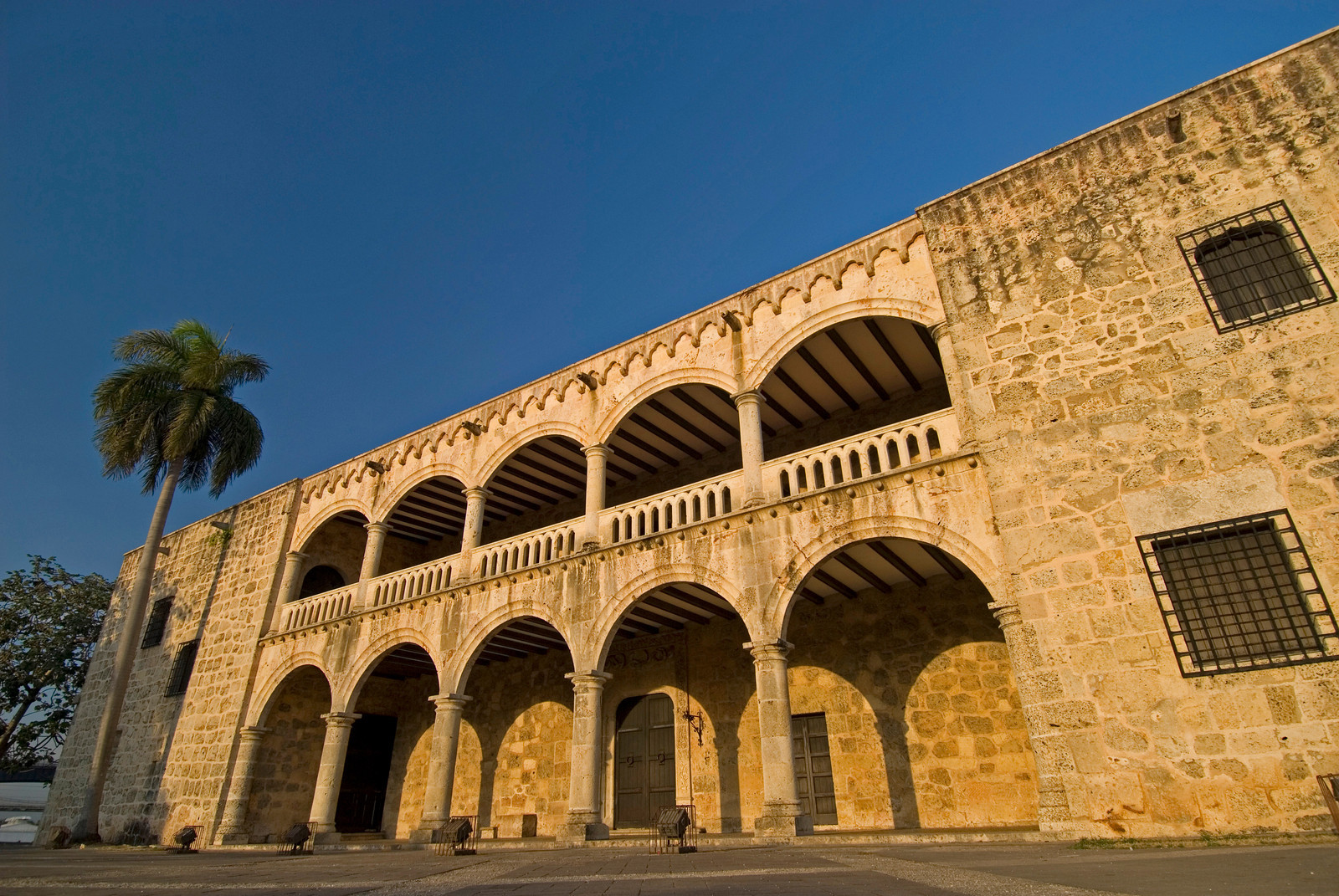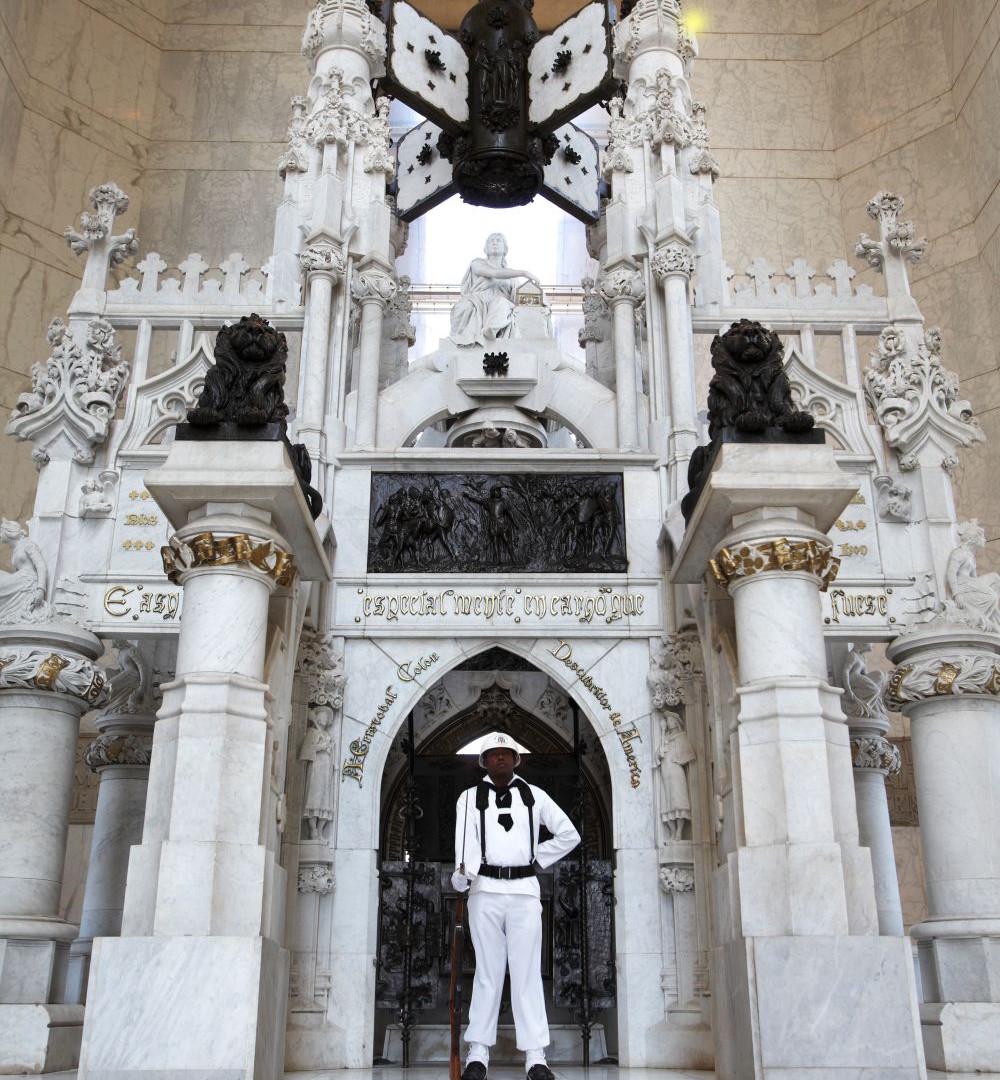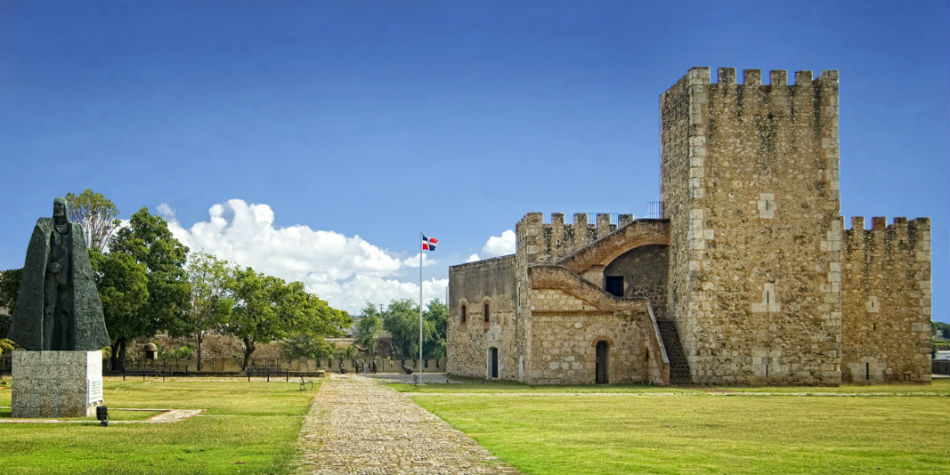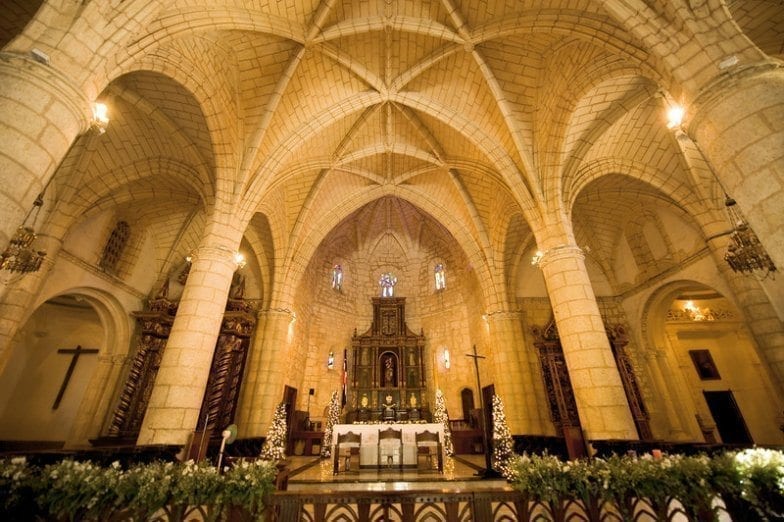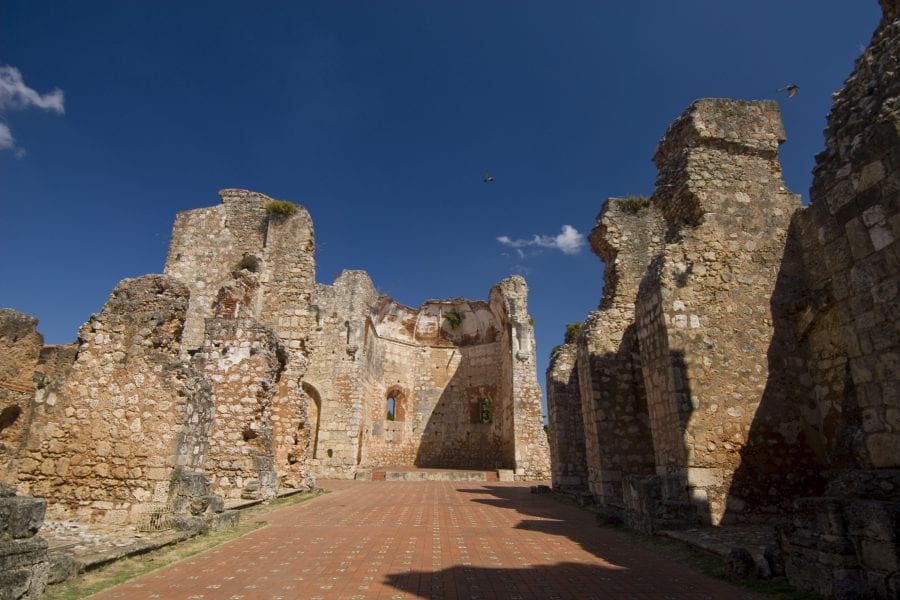Santo Domingo, Dominican Republic
Santo Domingo, Dominican Republic
Santo Domingo, Dominican Republic
The Dominican Republic’s capital city, Santo Domingo is also the most modern and dynamic metropolis in the Caribbean. La Capital—as it is affectionately called—epitomizes the pulse of Dominican culture, where the old and the new converge seamlessly from centuries old architecture and history, to large shopping malls, art galleries, an electric nightlife, and a booming gastronomy scene.
Exploring the Colonial City—the first European settlement of the Americas and a designated UNESCO World Heritage Site in 1990—is a recommended experience for all travelers. This historic neighborhood consists of a pedestrian-friendly maze of narrow streets brimming with 16th to early 20th century architectural wonders. They lead toward colonial buildings turned museums, shops, hotels, restaurants, and sidewalk cafés. Hop on the Chu Chu Colonial train for a 45-minute tour of the area, hire a guide who will walk you down the first paved road of the Americas while sharing tales, or rent a bike and meander on your own. For a nature break, picnic on the lawns of the National Botanical Garden, the largest in the Caribbean, or stroll down the Malecón at sunset for sea views, roadside snacks, and people watching.
Beyond the sights, a cultural experience is never far in Santo Domingo’s eclectic neighborhoods. Shop at one of the exclusive malls or at an artisan gallery in the Colonial City. Dine in style at brand hotels citywide where renowned chefs create twists on Dominican and international cuisine. Relax with a Dominican puro at one of the open terrace-bistros overlooking Plaza de España, or mingle at rooftop lounges on Gustavo Mejía Ricart Avenue. And when you’re ready for the beach, a forty-minute ride lands you onto Boca Chica’s soft, white sands facing a crystal clear Caribbean Sea, where seafood restaurants and entertainment await. Whichever your preferred beat, Santo Domingo has it.
Casas del XVI
Long ago, old world explorers founded the city of Santo Domingo as the first permanent settlement in the new world. Today, in the historic district known as the Colonial City, a new discovery awaits the refined traveler: A unique hotel where old world romance combines with the utmost modern luxury and comfort while providing privacy, seclusion and the highest quality standards.
Casas del XVI offers unique accommodations for the discerning traveler. From individual rooms for the corporate or single traveler and couples, to exclusive villas for guests looking for privacy or larger groups of friends and families wanting to stay together.
Nature & Wildlife
Jardín Botánico Nacional
The largest botanical gardens in the Caribbean graces the capital city with over 400 acres of nature preserve filled with the island’s native trees, including multiple species of palm, flowers—over 300 species of orchids—and birds. A trolley tour takes you through its multiple exotic corners, the most popular of which is the Japanese garden, with a manicured, lakeside lawn ideal for picnics. Beginner or avid bird watchers can sign up for guided hikes organized by the Hispaniola Ornithological Society.
Parque Nacional Submarino La Caleta
La Caleta Underwater National Park, one of the first in the region, is a popular dive site located close to Santo Domingo. It’s known for its multiple shipwrecks, but also for its abundant marine life ready to be explored by all levels of divers, from beginner to advanced. Depths go from six meters (20 feet) to 180 meters (591 feet), over an area stretching 10 km² (four square miles) from Las Golondrinas Cave to Punta Caucedo.
Parque Nacional Los Tres Ojo
Just five miles east of Santo Domingo, Los Tres Ojos National Park is a beautiful nature break from the city, and offers a solid glimpse of the Taino’s underground caverns once used for refuge or rituals. A winding entrance staircase leads to a series of caves, with pathways hugging three freshwater, iridescent blue lagoons or “eyes” as the Taino used to call them for their oval-shapes.
Leisure
Ciudad Colonial
Stroll the romantic streets of the first European settlement in the Americas. Santo Domingo’s most historic neighborhood is also its most romantic, lively, and cultural. Once the home of Spanish colonialists, who built the walled city as a model for the rest of the Americas, it’s an area brimming with museums, churches, shopping, theater, restaurants, and parks.
Plaza de España
One of the most romantic esplanades in the Colonial City sits at the end of Calle Las Damas. The wide open Plaza de España is flanked by the Alcázar de Colón palace on one end, and on the other, a series of outdoor bistro terraces where diners enjoy a royal view over the ancient city. Major concerts, cultural shows, and festivals take place on this plaza. At sunset, it’s the perfect place for a romantic dinner with a view, or for a family stroll or bike run with the kids. A statue of Nicolás de Ovando, former governor of Santo Domingo, stands tall in the center of the plaza.
Malecón de Santo Domingo
The city’s seafront boulevard—officially called George Washington Boulevard—is one of its iconic features, playing a key role in Santo Domingo’s selection as Culture Capital of the Americas in 2010. Lined with the Caribbean Sea on one end, and rows of brand hotels, restaurants, and nightlife on the other, the Malecón comes to life in the afternoon at sunset, and continuing into the night.
Art & Culture
Museo de las Casas Reales
The Museum of Royal Houses was used as the Spanish Governor’s Royal Court in the 16th century—home to the governor’s palace, the treasury, and the courts of law. Today, the museum offers an informative overview of DR’s history.
Museo de las Atarazanas Reales
The Museum of Royal Atarazanas, is a space that houses the most important underwater archeology exhibition in the Dominican Republic and throughout the Americas. Its museography is developed through a narrative that tells stories of more than a dozen historical shipwrecks between the fifteenth and nineteenth centuries with more than 1,400 items were restored.
Palacio de Bellas Artes
Inaugurated in 1956, this regal looking neoclassical building stretches over an area of 13,000 square meters, and hosts numerous artistic events, from concerts to plays, and ballet performances, with halls seating up to 600 patrons.
History
Panteón de la Patria
Former 18th-century Jesuit church turned national mausoleum in 1956; it houses the remains of Dominican heroes such as Gregorio Luperón, Salomé Ureña, and María Trinidad Sánchez, among others. Explore its striking baroque interior, with a ceiling mural depicting the ascension to heaven and the Last Judgment, and an eternal flame burning beneath it.
Alcázar de Colón
One of the most popular museums in the Colonial City is also its most impressive in architecture. Completed around 1512, this Gothic and Renaissance style palace was once the home of Diego Columbus, son of Christopher Columbus, and his wife María de Toledo, niece of King Ferdinand of Spain. With views overlooking Plaza de España on one side, and the Ozama River on the other, it is the oldest vice regal residence in the Americas, and the first fortified palace, turned into a museum showcasing 16th century furniture, art, musical instruments, and weapons.
Faro a Colón
Built in the shape of a cross, the Columbus Lighthouse stands over the eastern end of Santo Domingo. The remains of Christopher Columbus were located at this site, which doubles as a mausoleum and museum.
Fortaleza Ozama
Built by the Spanish in the early 16th century, is the first permanent military structure in the Americas, marking the beginning of Spanish colonization. Christopher Columbus was once held captive as a prisoner.
Catedral Primada de América
Built between 1510 and 1540, the first cathedral of the Americas continues to stand tall in all of its glory over the heart of the Colonial City. The remains of Christopher Columbus were found here in the 19th century.
Monasterio de San Francisco
The dramatic walled ruins of the San Francisco Monastery occupy large blocks of the Colonial City, and double as a merengue concert stage every Sunday. It’s the first-ever 16th century Franciscan monastery in the New World.
Request a Quote
To receive a quote, please fill out the form below or call 832-369-2828.

